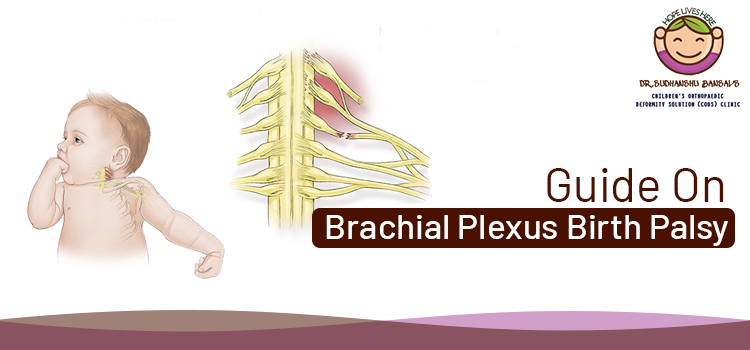Brachial Plexus Birth Palsy: What is the condition all about?
Brachial plexus injuries in infants affect the nerves that help maintain the sensation and movement in different body parts like:
- Forearm
- Shoulder
- Arm
- Hand fingers
Erb’s palsies or neonatal brachial plexus injuries are other medical words for injuries. The incidence rate for this condition is increasing at a fast pace. For the parents whose child has the condition, make sure to get the Brachial Plexus Birth Palsy Treatment In Ludhiana under the expertise of trained and skilled doctors.
Possible risk factors of brachial plexus injury
The brachial plexus injury has several risk factors attached to it like:
- Prolonged labor
- Shoulder dystocia – When babies shoulder cannot exit the birth canal easily
- Macrosomia – When babies birth weight goes beyond 4000g
- Humerus fracture at birth or presence of clavicle at birth
- A great amount of weight gain
- Gestational diabetes
- Delivery required extensive use of instruments like a vacuum, forceps, and other things.
If there’s any possibility you have any of these conditions or experiencing any of the conditions, then it’s important to seek immediate medical care. Look for one of the known Paediatric Orthopaedic Surgeon in Punjab who provides the most reliable method of care and service.
What happens during brachial plexus injury?
The brachial plexus is made from the nerves that come from the spinal cord that reaches the C5 to T1. The nerves branch out and then reach the other body parts like arms, fingers, and shoulders.
There’s a possibility that the head stretching from the shoulder during birth can make the nerves stretch or tear (rupture) with time. The injury can make the nerves pull out from the spinal cord. It is known as root avulsion. Such conditions can lead to problems like:
- Loss of motor
- The sensory function of the involved arm
What are the possible symptoms of brachial plexus injury?
The most common symptoms of brachial plexus injury are:
- Droopy eyelids and small pupils in the problematic area. It’s horner’s sign.
- The affected arm does not have symmetry and even has a resting position. The arm is extended and then has internal rotation from the shoulder that goes further to the wrist.
What are the treatment options for brachial plexus injury?
In case of brachial plexus injury, it’s important to have a proper diagnosis on time. When you consult the doctor on time, there’s much ease in planning everything correctly, and the surgeon gives the most effective treatment for the right care. There’s a possibility that the choice of physical therapy and occupational therapy under the supervision of a physical therapist and a pediatric doctor provides utmost relief. Additionally, it helps the baby to have maximum recovery. Sometimes the treatment helps to properly restore neurological function. In case of early surgical treatment options, the doctor suggests nerve grafts and nerve transfers.








